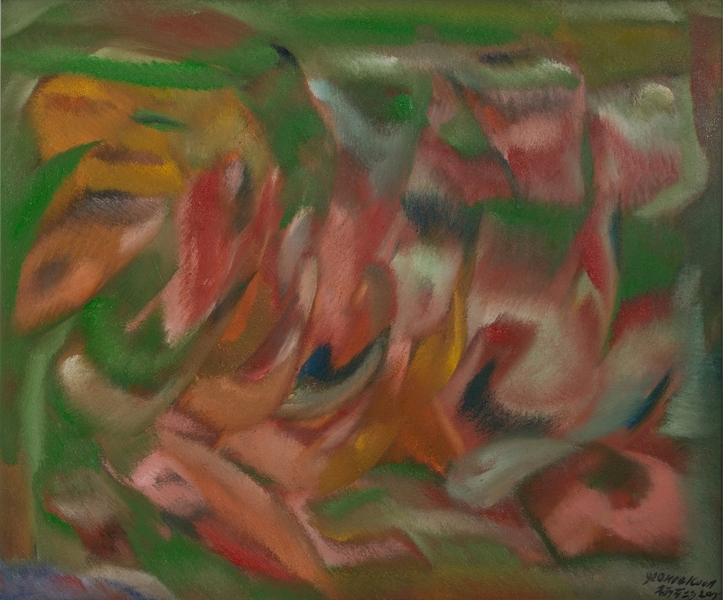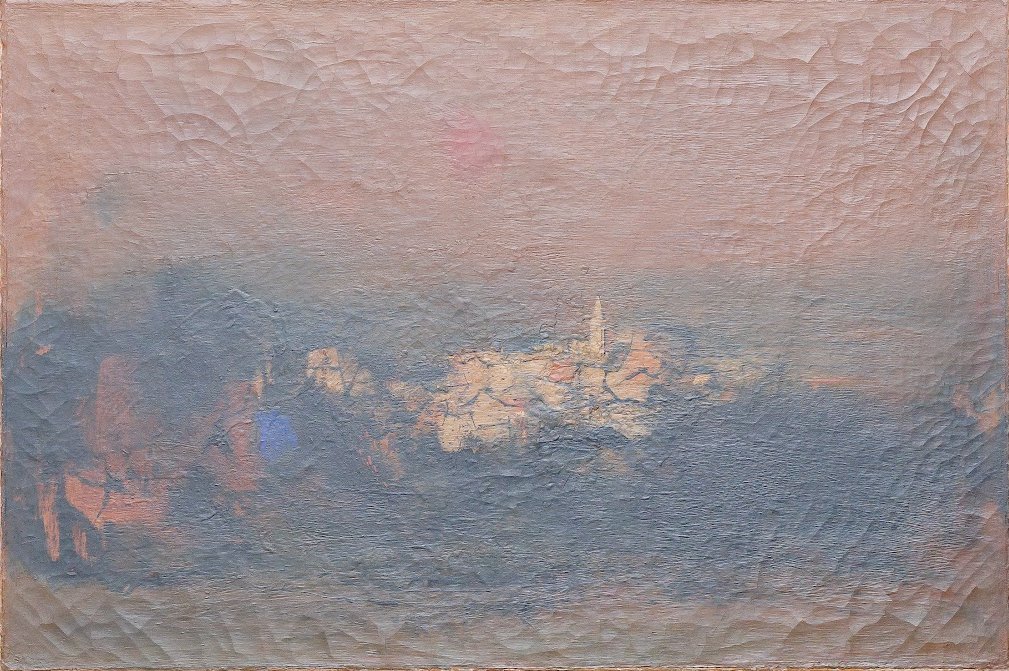Acrylic Painting on Canvas Team Bonding Art Jamming Singapore Visual Arts Centre
























Yeo Hoe Koon
Oil on Canvas
64 x 89.5 cm
Price Range: $16,000 - $20,000

Yeo Hoe Koon
Oil on Canvas
101 x 123 cm
Price Range: $26,000 - $32,000

Chen Wen Hsi
Chinese Ink and Color on Paper
50 x 54cm
Price Range: SGD $42,000 - $50,000

Cheong Soo Pieng
Red Tone
61 x 91.5cm
Price Range: SGD $108,000 - $138,000

Cheong Soo Pieng
Abstract Landscape
50 x 61cm
Price Range: SGD $95,000 -$128,000

Fan Shao Hua
Chinese Ink and Colour on Paper
100 x 100cm
Price Range: SGD $9,800 - $14,800

Fan Shao Hua
Chinese Ink and Colour on Paper
100 x 100cm
Price Range: SGD $8,800 - $13,800

Moonshine III (2007), white ink on coated paper, by artist Loh Khee Yew.
At pioneer art design educationist and artist Loh Khee Yew’s first solo show of nude drawings at the former Empress Place Museum in 1990, he was often told: “Why nude? I like your works, but I can’t bring them home.”
To which he replied: “Why not? I like drawing nudes. After all, we are all born nude.”
Twenty-six years later, Loh, now 83, is still drawing and painting female nudes. He is staging his 10th one-man exhibition and second all-nude one at the Visual Arts Centre from Friday, titled Why Nude, Why Not.
He started doing life drawings when he was studying art, design and advertising at the Alberta College of Art in Canada on a Colombo Plan Scholarship in the late 1960s. He says he has been trying, through his drawings and paintings, to show the beauty of the natural human anatomy, especially the female body, all these years.
VIEW IT/ WHY NUDE, WHY NOT
WHERE: Visual Arts Centre, 01-02 Dhoby Ghaut Green, 10 Penang Road
WHEN: Friday to Oct 18, 11 am to 8pm daily
ADMISSION: Free
INFO: The artist will give a talk on his work on Saturday at 3pm
He hopes his latest exhibition of nearly 70 works, most of them done in the past 10 years, can help people understand that the nude is a form of art. “In fact, it is the most basic form which all artists should study,” he adds.
His show illustrates how the female body has been a dominant creative force in his works as seen through his line drawings, paper collages and his more recent colourful abstracts, such as in Three Graces (2007) and Colour Poetry 1 & 2 (2003), which show a delicate interplay of different elements and balance of colours.
He also uses a wide range of painting media including colour pencil, ink, conte, pastel, charcoal, acrylic and a mixture of them.
The exhibition also features his newer experimental works that he has produced in a tedious process combining hand drawings and computer technology to create a new form of visual expression he calls pixelated mosaics. Examples of these include Pose V and Pose III both done in 2010.
After his return from his studies in Canada in 1970, the Raffles Institution alumnus taught at the former Baharuddin Vocational Institute for 10 years between 1972 and 1982 to train Singapore’s pioneer batch of graphic design artists. The school was the only one offering such a course then.
Later, he started his own advertising and design house, Loh Design, before joining Lasalle College of the Arts where he pioneered its design curriculum as dean of its design department between 1992 and 1995.
He later taught at the Raffles Design Institute, Temasek Polytechnic and life drawing classes at New York University Tisch School of the Arts Asia.
He was an active member of the Art Group 90, a group of artists interested in nude drawings, from 1990, when it was formed, to 2013, when it disbanded.
“I still like drawing nudes and hope more people can distinguish between nude and being naked, and they will appreciate what I do better,” he says.
Click and get to our WhatsApp
Embark on a captivating journey into the vibrant world of digital art! Our Foundation in Digital Art workshop invites budding creatives aged nine and above to unleash their imagination and hone their artistic skills in a dynamic, supportive environment. From mastering basic digital tools to crafting mesmerizing digital masterpieces, children will explore a spectrum of techniques guided by seasoned mentors. Through hands-on activities and interactive sessions, participants will discover the endless possibilities of digital expression while fostering creativity and critical thinking. Join us for an exhilarating adventure where young artists transform ideas into stunning visual realities, igniting a passion for digital art
In the Batik Introduction Handkerchief Painting workshop, participants will learn the traditional art of batik, a wax-resist dyeing technique originating from Indonesia. The workshop begins with a brief history and overview of batik, highlighting its cultural significance and various techniques. Participants will then observe a demonstration of applying wax with tjanting tools and dyeing the fabric. Following the demonstration, each participant will design and create their own batik handkerchief, applying wax to create patterns and then dyeing their fabric. The workshop concludes with a group discussion, allowing participants to share their creations and reflect on their learning experience.